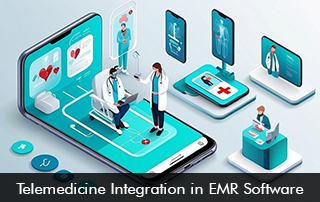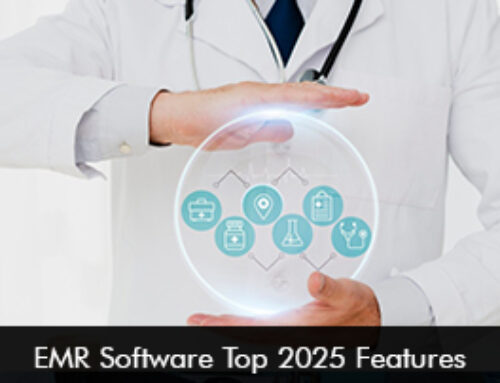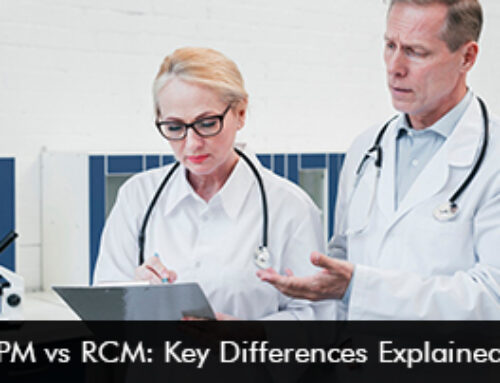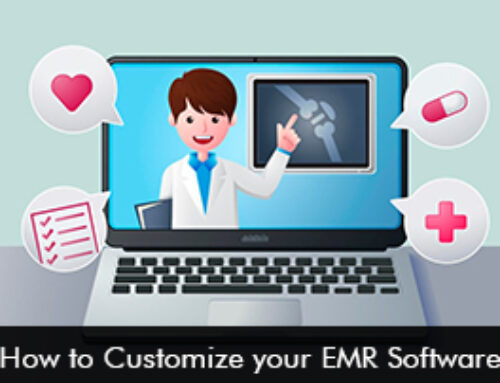Due to the inception of the COVID-19 pandemic, telemedicine came to the forefront of care, offering opportunities for remote care. Integrating telemedicine into Electronic Medical Records (EMR) Software has transformed healthcare delivery. The virtual care model has proved to stay concrete even after the pandemic. Many patients seek telemedicine software sessions for efficient and convenient diagnosis, treatment, and even aftercare. Telemedicine has led to a more comprehensive approach to patient management. According to the NCHS Data Brief, in the year 2021, about 37% of adults used telemedicine services. The usage rates of telemedicine software are continuing to rise.
Key Features of Telemedicine Integration in EHR Software
Patient Scheduling and Video Conferencing
Telemedicine EMR Software integration empowers patients to book appointments from the comfort of their homes easily. This functionality helps to streamline the scheduling process as the patient can check the availability of the healthcare provider online and then schedule accordingly. Telemedicine software sessions are HIPAA-compliant and allow for screen sharing and document annotation to make online interaction more effective.
Remote Patient Monitoring
EMR systems with telehealth capabilities can communicate with wearable devices to track vital indicators like heart rate and blood pressure. This ongoing data stream allows healthcare providers to proactively manage chronic illnesses by spotting potential risks early and intervening properly. This helps to improve overall patient outcomes.
Communication and Collaboration
The seamless integration helps to bridge any communication barriers and allows providers to collaborate swiftly. Virtual consultations can be conducted with ease and information can be securely shared in real-time on the HIPAA-compliant software technology.
Potential Benefits of Telemedicine Integration in EMR Software
Most of the prominent Electronic Health Records (EHR) Software vendors in the USA have telemedicine solutions integrated with the EMR Software. This helps healthcare organizations tap into the following advantages:
- Enhanced patient access as telemedicine software makes healthcare more accessible.
- Integrated software systems improve data management.
- Healthcare costs can be reduced with Telemedicine EHR Software sessions as hospital readmissions and emergency visits can decline.
- Better patient outcomes can be achieved.
- Non-urgent medical issues can be addressed via software integration.
- Appointment scheduling is simplified and automated giving more time to staff members to focus on patient services.
Challenges and Considerations
Despite the various benefits, combining telemedicine with EMR software presents several problems, such as data security and HIPAA compliance. Organizations must also examine the interoperability of current systems and the training required by personnel to efficiently use the integrated technology.







